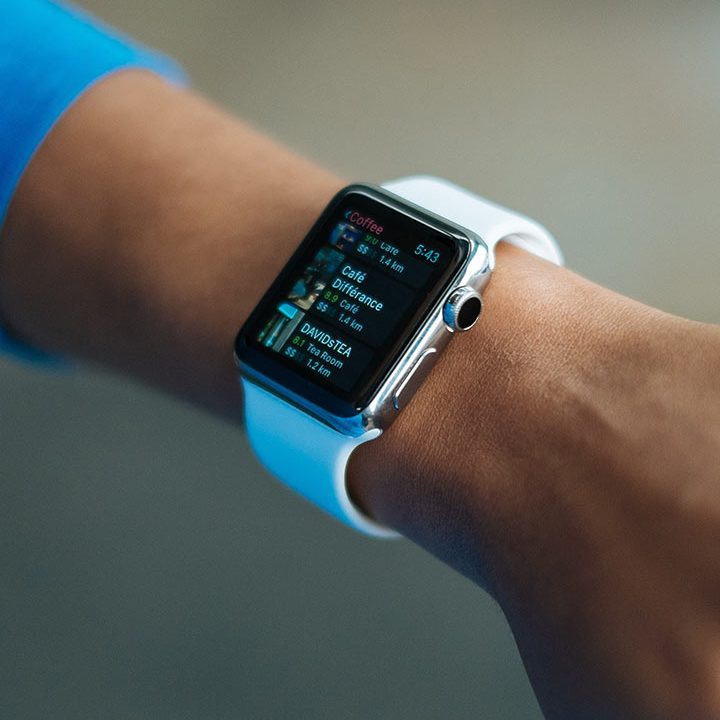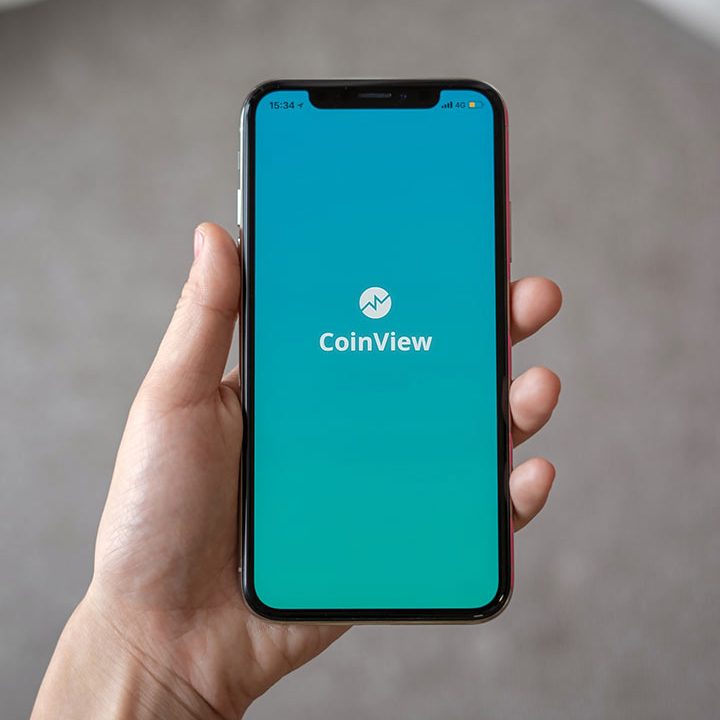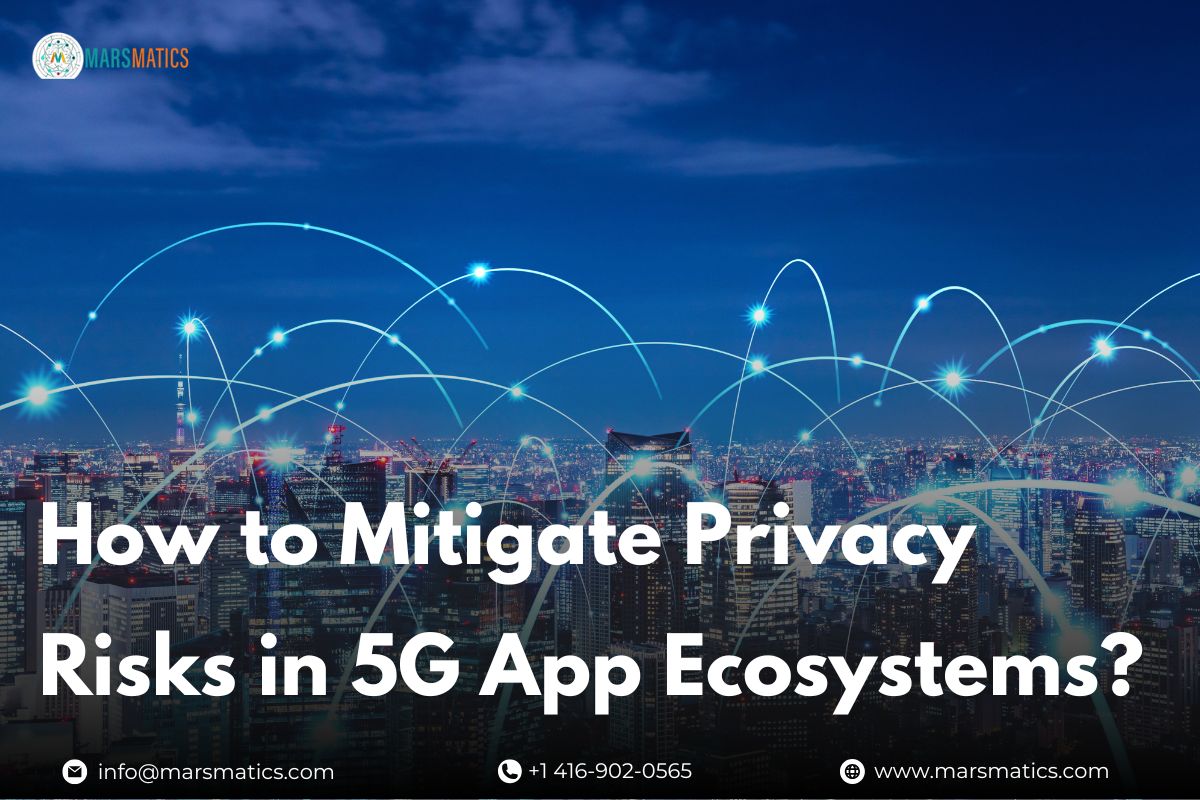How to Mitigate Privacy Risks in 5G App Ecosystems?
The arrival of 5G is revolutionizing the mobile world with faster speeds, ultra-low latency, and massive device connectivity. But this evolution isn’t without its downsides—especially when it comes to user privacy. As mobile apps become more powerful in the 5G era, the risk to personal data increases significantly. This blog explores how to mitigate privacy risks in 5G apps, what makes 5G different from previous generations, and actionable ways to achieve better user data protection in mobile apps.
Why 5G Apps Pose New Privacy Challenges?
Unlike 4G, 5G networks process data much faster and allow for more devices to connect simultaneously. While this leads to better app performance and real-time functionality, it also increases the surface area for potential cyberattacks. In fact, according to a GSMA report, the number of connected IoT devices is expected to reach 24.1 billion by 2026, further complicating privacy management. The biggest concern? The speed and complexity of 5G allow apps to collect, share, and analyze user data faster than users can comprehend—raising new challenges in consent, data storage, and processing.
Also Read: How 5G Technology is Changing Mobile App Development?
Key Privacy Risks in 5G-Powered App Ecosystems:
1. Massive Data Collection and Exposure:
5G enables high-speed data transfers and continuous data streaming, which means apps can collect much more information—location, behavior, preferences—in real-time. Without proper safeguards, this could lead to mass data exposure.
Example: Fitness and navigation apps that track your movement every second might leak location history if encryption isn’t enforced.
2. Insufficient User Consent Mechanisms:
Because 5G enables ultra-fast data transactions, many apps sideline proper consent processes. Users often have no idea how much data is being collected or who has access to it. This not only violates ethical standards but also legal frameworks like GDPR and CCPA.
3. Interoperability with IoT and Smart Devices:
The 5G ecosystem thrives on device-to-device communication, especially with IoT integration. However, these devices usually have weaker security protocols. If one device is compromised, it can become a gateway to access app data.
4. Weaknesses in Network Slicing and Virtualization:
5G allows network slicing—isolated virtual networks for different apps or services. But improper configuration or weak security across slices can lead to cross-contamination of data, exposing sensitive user information.
Proven Strategies to Mitigate 5G App Privacy Risks:
1. End-to-End Data Encryption:
Encrypting data in transit and at rest is essential to achieve 5G mobile app data protection. Use advanced encryption protocols like AES-256 and TLS 1.3 to safeguard user communication and stored data.
Tip: Implement automatic key rotation and use secure key vaults.
Also Read: Security Challenges in 5G-Powered Mobile Apps
2. Privacy-by-Design Architecture:
Mitigating privacy risks in 5G starts at the development level. Developers must embed privacy features into the app’s foundation:
- Data minimization (collect only what’s necessary)
- Anonymization or pseudonymization
- Zero-trust authentication models
This approach ensures user data protection in mobile apps from day one.
3. Edge Security and Secure APIs:
In 5G, much of the data processing happens at the edge—closer to users. This makes edge nodes potential targets. To mitigate privacy risks in 5G apps:
- Secure the edge with firewalls and intrusion detection systems
- Authenticate and encrypt API calls
Stat: According to IBM, 50% of API attacks exploit authentication weaknesses.
4. Transparency & User Consent Management:
Give users full control over their data. Build systems that:
- Let users see what data is collected
- Allow them to opt in or out easily
- Enable data deletion on request
This enhances trust and meets compliance requirements, ensuring strong user data protection in mobile apps.
How Developers and Businesses Can Stay Compliant?
To mitigate privacy risks in 5G app ecosystems effectively, developers must align with international privacy regulations:
- GDPR (EU): Requires clear consent and the right to data erasure
- CCPA (California): Demands full data transparency
- PIPEDA (Canada): Governs how businesses handle personal data
Actionable Tip: Conduct Data Protection Impact Assessments (DPIAs) during the development phase. This identifies risks and documents your mitigation steps.
Additionally, keep an eye on 5G-specific legal frameworks as countries begin to adapt their privacy laws for new tech realities.
Future of Privacy in 5G Ecosystems:
With growing concerns, the future will likely bring AI-driven privacy tools that:
- Monitor apps for unusual data behavior
- Automatically enforce compliance rules
- Alert users to privacy violations in real time
Expect privacy regulations to tighten as data becomes even more valuable. Businesses that proactively address these concerns will gain a competitive edge in user trust and app performance.
Also Read: Data Privacy Concerns in 5G Mobile App Ecosystems
Final Thoughts:
While 5G unlocks immense potential for mobile apps, it also introduces complex privacy risks. From massive data collection to weak IoT integrations, the challenges are real. But with proactive strategies like privacy-by-design, encryption, and transparent user consent, developers and businesses can mitigate privacy risks in 5G apps effectively.
Remember: Mitigating privacy risks in 5G isn’t optional—it’s essential for responsible growth, compliance, and long-term success in a connected world.
❓ FAQs
Q1: Why is 5G considered more vulnerable to privacy risks?
Because 5G apps transfer and process data at unprecedented speed and volume, increasing the number of endpoints and chances for data interception.
Q2: What type of user data is most at risk in 5G apps?
Real-time location, behavioral tracking, health data, and device interactions are most vulnerable without strong security protocols.
Q3: Can existing mobile security solutions protect 5G apps?
Not entirely. While they help, 5G demands updated security frameworks including edge security, dynamic API controls, and data encryption suited for high-speed environments.
Q4: What tools can developers use to audit app privacy on 5G networks?
Tools like OWASP Mobile Security Testing Guide, Pradeo Security, and Appknox help identify vulnerabilities and ensure 5G mobile app data protection.








